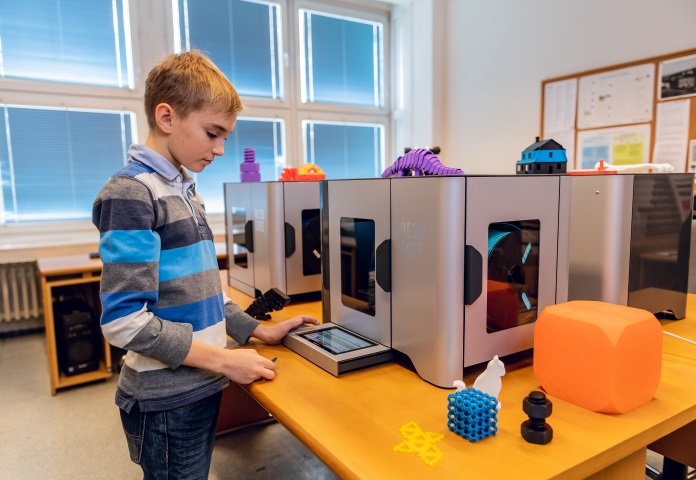
Across Australia, 3D printing is being used in classrooms to support traditional teaching methods. However, when students can print 3D models themselves, safety often a key factor in their learning experience.
For example, 3D printers use a variety of materials from thermoplastic filament to powdered metal and concrete. Many of these materials have hazards associated with them that students and staff should be aware of and trained to handle.
Adam O'Neill, managing director of Y Soft Australia said that when students are unsupervised around 3D printers, or misuse print technology, they can get hurt by hot or moving parts.
“Like all tools, kits, and processes in schools, whether it be sports, food technology, science lab, or art, it is important that students are supported by equipment designed for a school context,” O’Neill told The Educator.
“Teaching staff should monitor students around 3D printers for added safety, however, it’s essential that, first and foremost, machines in schools are designed for student safety and harm minimisation.”
O’Neill said it is essential that schools choose equipment designed with safety in mind.
“When it comes to 3D printing, this should include automatically-locking doors and fully enclosed print chambers that prevent students from putting their hands into the printer while it’s in operation,” he explained.
“Decision-makers should choose 3D printing equipment created specifically for use in schools, as opposed to 3D printers intended for the manufacturing or engineering industries, as these are less likely to include child safety features.”
O’Neill said researching 3D printing options also allows school administrators to select 3D the safest print materials, for example, polyLactic acid (PLA); a more user-friendly, less toxic, and ecologically safer print material.
“Y Soft works closely with educators to make 3D printers suitable for unsupervised use in classrooms. Fitting 3D printers with enclosed print chambers, lockable doors, and restricted access features makes them far safer for students,” he said.
Likewise, said O’Neill, using materials that don’t produce toxic fumes during printing is essential.
“PolyLactic Acid filaments are cornstarch-based, so are safer than other options. Making printers easier to adjust and physically manage also reduces risk,” he said.
“For example, by using built-in print bed sensors, calibration can occur automatically, so users don’t need to manually adjust build platforms located inside the machine with their hands.”


